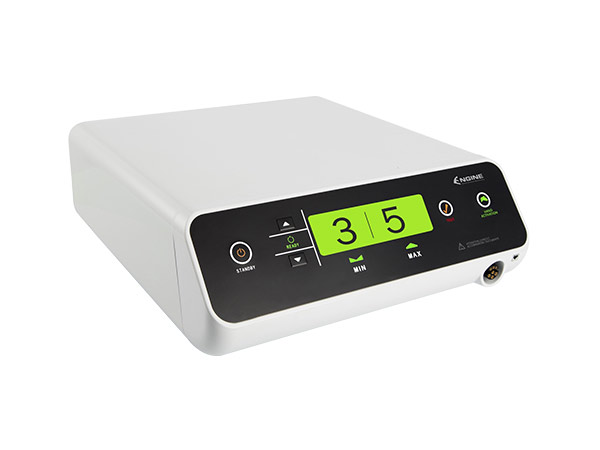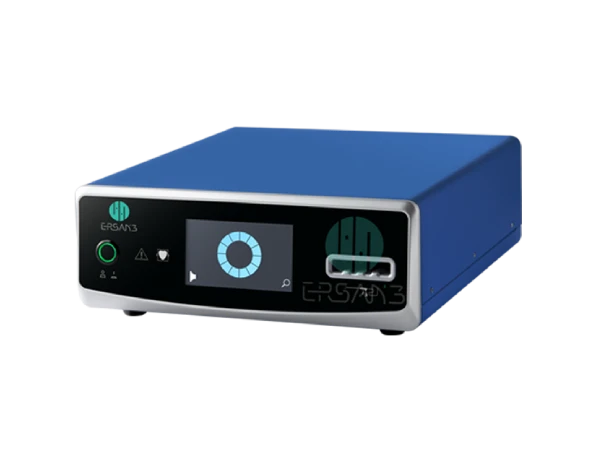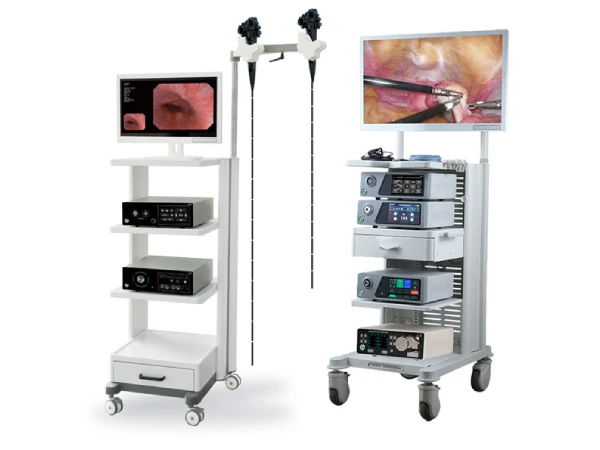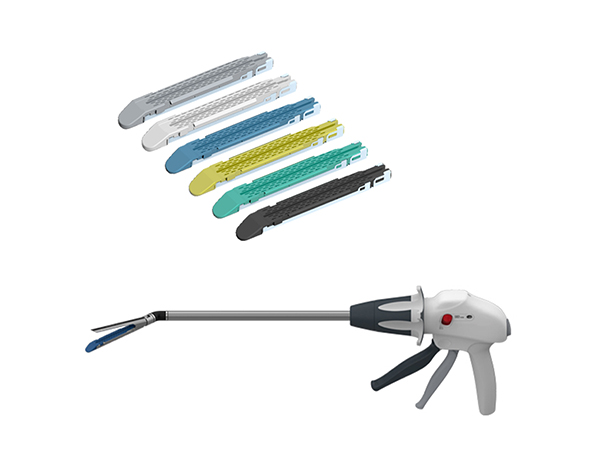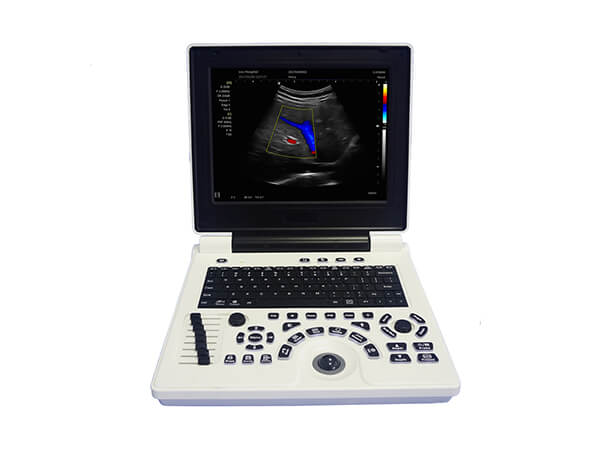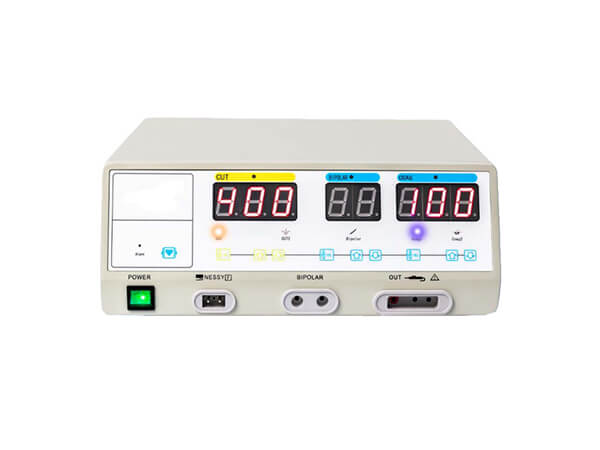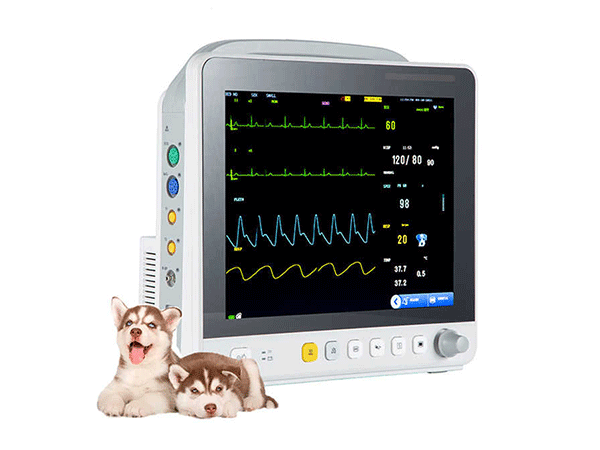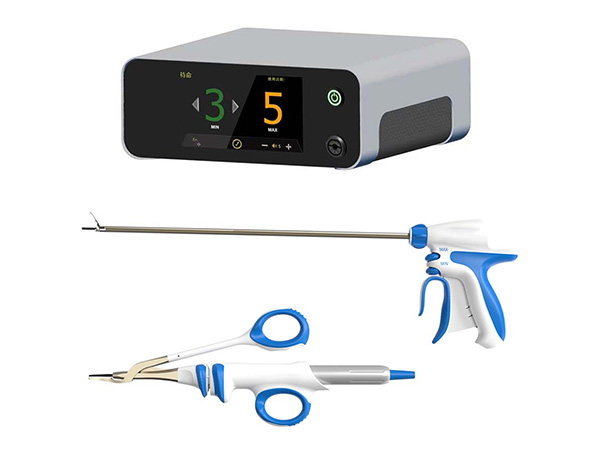Veterinary Laser Therapy: A Comprehensive Overview
What is a Veterinary Laser Therapy Device?
A veterinary laser therapy device is a medical instrument that employs laser technology for the treatment of animals. It emits specific wavelengths of light that penetrate tissues and stimulate healing processes within the body.
How Does Laser Therapy Work?
Laser therapy works through a process known as photobiomodulation. When the laser light penetrates the tissue, it is absorbed by the cytochrome c oxidase in the mitochondria of cells. This absorption leads to:
Increased ATP production
Enhanced local microcirculation
Reduced inflammation
Accelerated tissue repai

Applications of Veterinary Laser Therapy
Surgical Applications
Cutting and Ablation: The laser can be used to cut and ablate soft tissues with high precision. It is often used for procedures such as polyp removal and tumor excision. The laser offers precise cuts with minimal heat damage and reduces bleeding and tissue trauma during surgery.
Hemostasis: The laser's ability to coagulate blood makes it an effective tool for stopping bleeding during surgery. It can seal small blood vessels, providing a clear surgical field and improving surgical safety.
Physical Therapy Applications
Pain Management: Laser therapy can effectively alleviate both acute and chronic pain. By modulating nerve conduction and reducing inflammatory mediators, it can relieve pain caused by conditions such as muscle strains and arthritis.
Wound Healing: By promoting microcirculation and tissue repair, laser therapy accelerates wound healing and is useful for treating skin ulcers and post - surgical incisions.
Inflammation Control: Laser therapy can reduce inflammation and is beneficial for treating various inflammatory conditions, such as ear infections, sinusitis, and stomatitis.
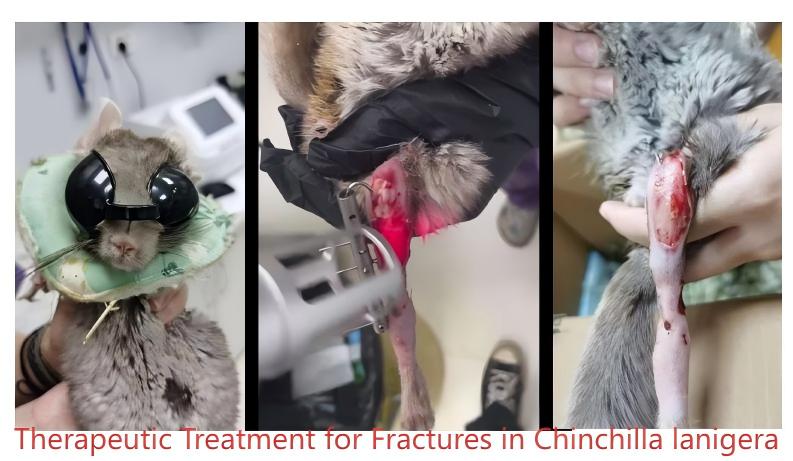
Ophthalmic Applications
Ocular Surgeries: The laser can be used for procedures such as eyelid polyp removal and tear sac treatment. Its precise cutting and coagulation capabilities minimize damage to surrounding tissues.
Glaucoma Treatment: Laser therapy can be used to treat glaucoma through procedures like transscleral cyclophotocoagulation, which helps reduce intraocular pressure.
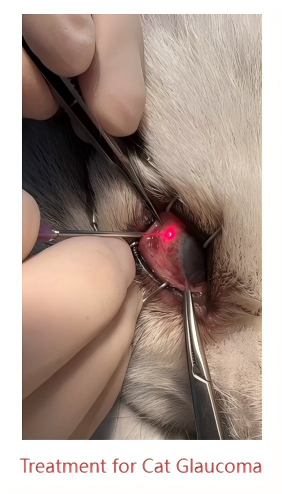
Dental Applications
Gingivectomy: The laser can precisely remove hyperplastic gingival tissue with minimal bleeding and post - operative pain.
Stomatitis Treatment: Laser therapy can relieve pain and inflammation caused by stomatitis and promote the healing of oral mucosa.
Dermatological Applications
Skin Tumor Removal: The laser can be used to remove skin tags and benign tumors with minimal trauma and faster recovery.
Skin Wound Care: Laser therapy promotes skin wound healing and reduces scar formation.
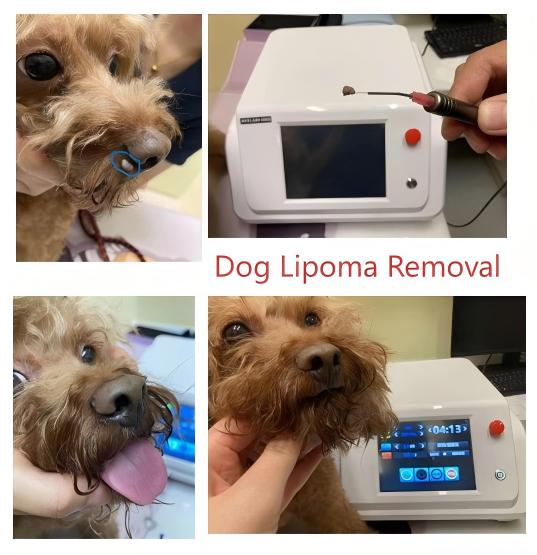
Advantages of Veterinary Laser Therap
Precision: The laser can precisely target the affected area, minimizing damage to surrounding healthy tissues.
Non - Invasive or Minimally Invasive: Many laser therapy procedures require no incisions or only minimal ones, reducing risk of infection and accelerating healing.
Rapid Efficacy: Laser therapy can quickly alleviate pain, reduce inflammation, and promote tissue repair, shortening the treatment period.
Broad Applicability: It is suitable for various animals, including dogs, cats, horses, rabbits, and birds, and can be used for a wide range of conditions.
Safety: When operated correctly, laser therapy is generally safe with minimal side effects.

